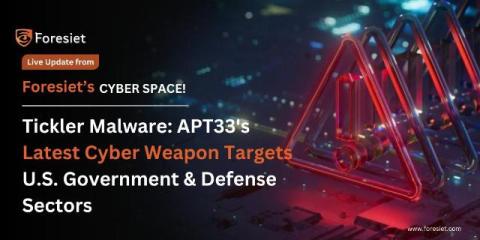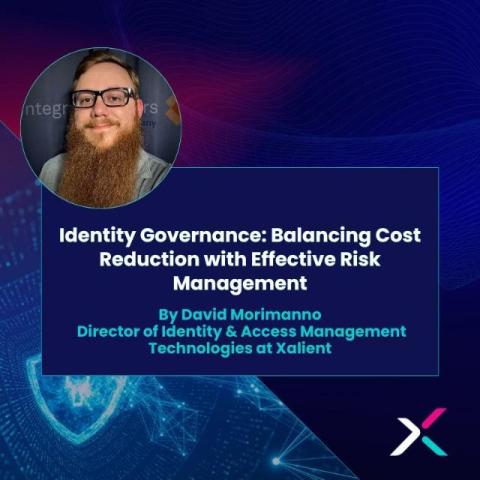The New & Improved Splunk Guide to Risk-Based Alerting
Howdy folks, it’s your friendly neighborhood transformational detection engineering evangelist Haylee Mills here. Maybe you’ve already been introduced to risk-based alerting, or maybe you’ve seen one of my many talks on the subject: Even if you haven’t, I’m super excited to share a brand new version of my step-by-step guide to success with the risk-based alerting framework!











